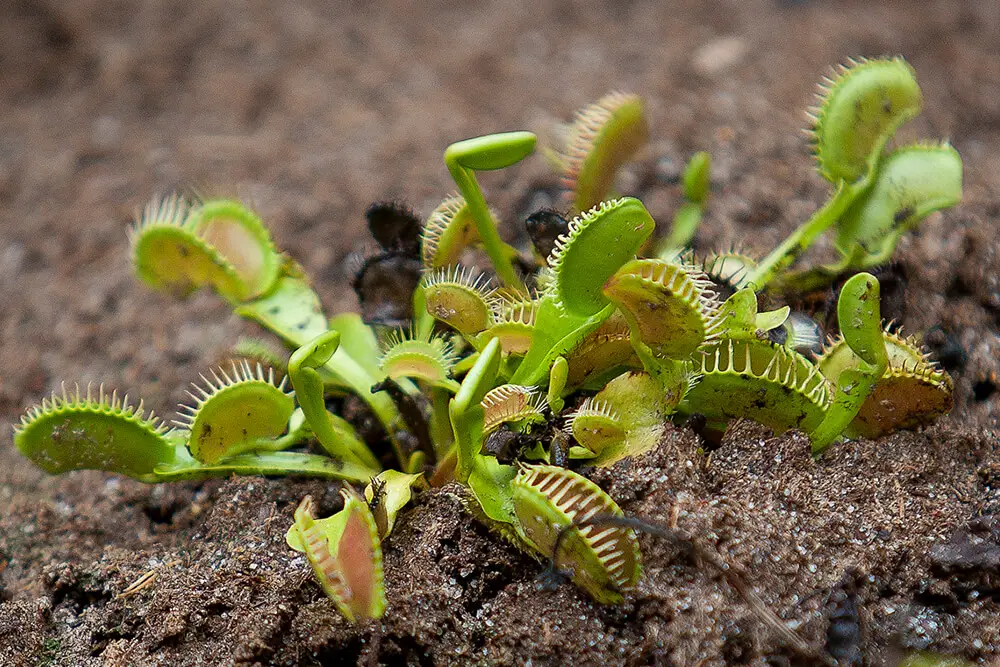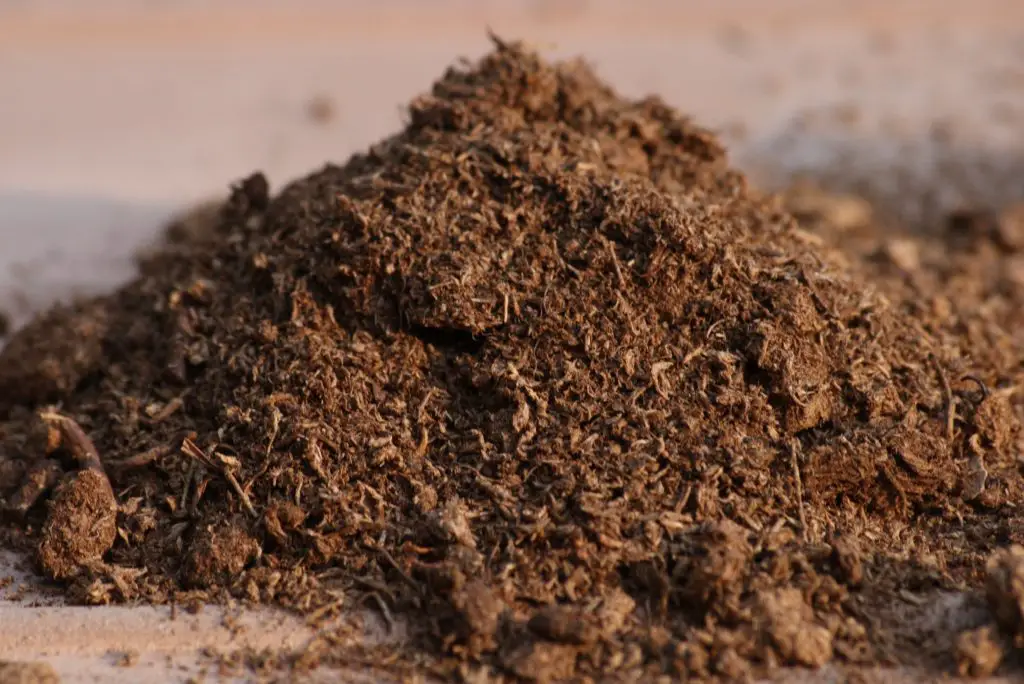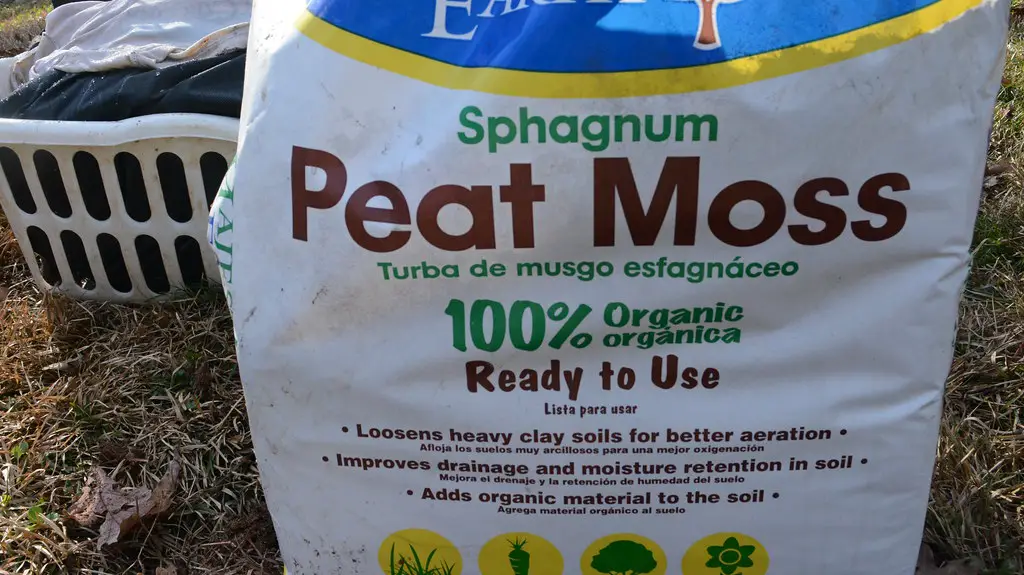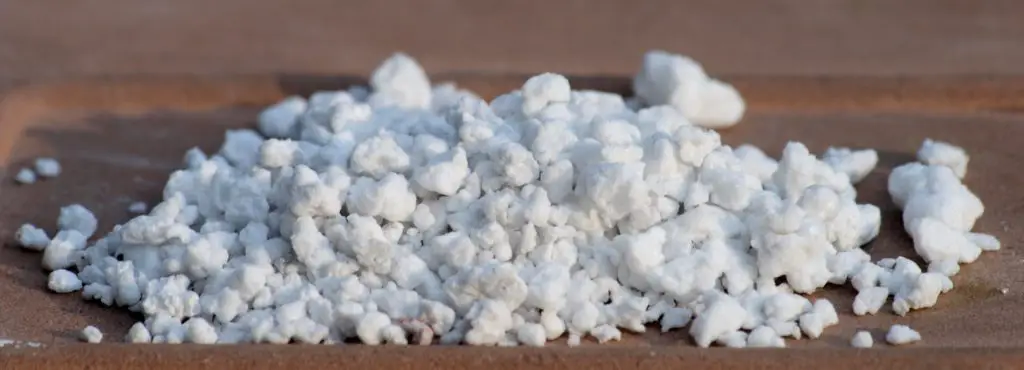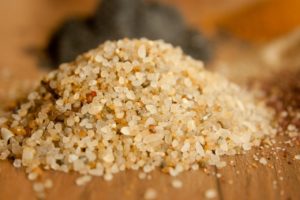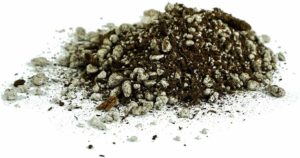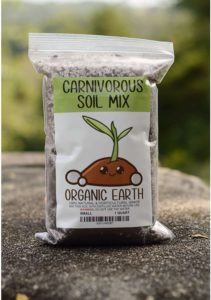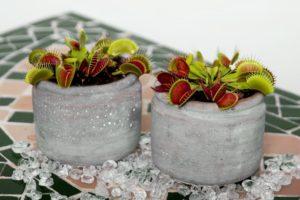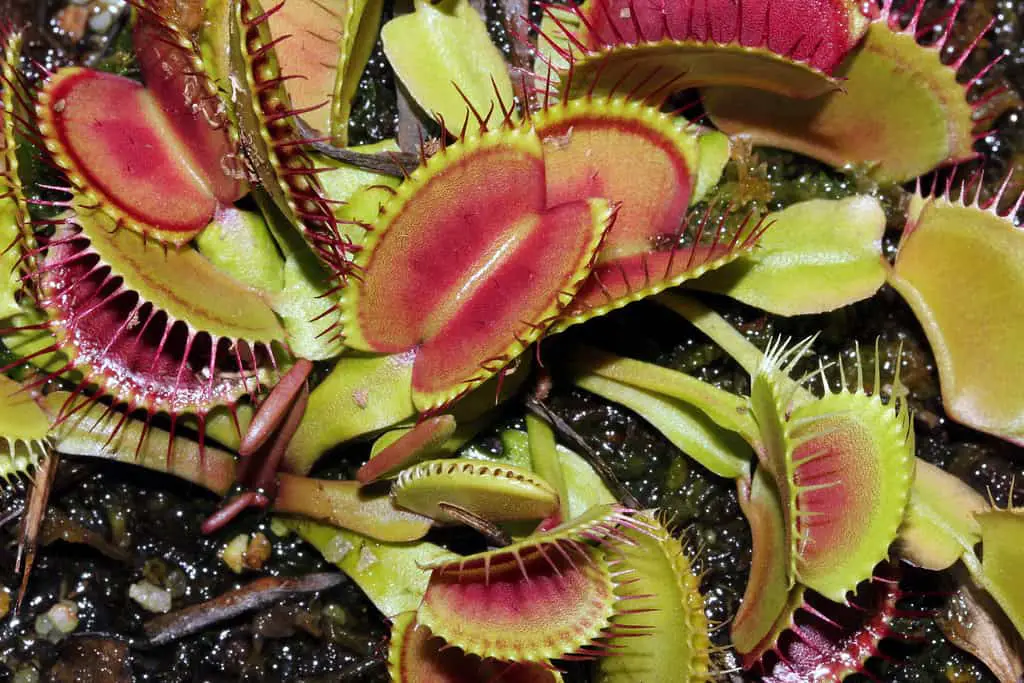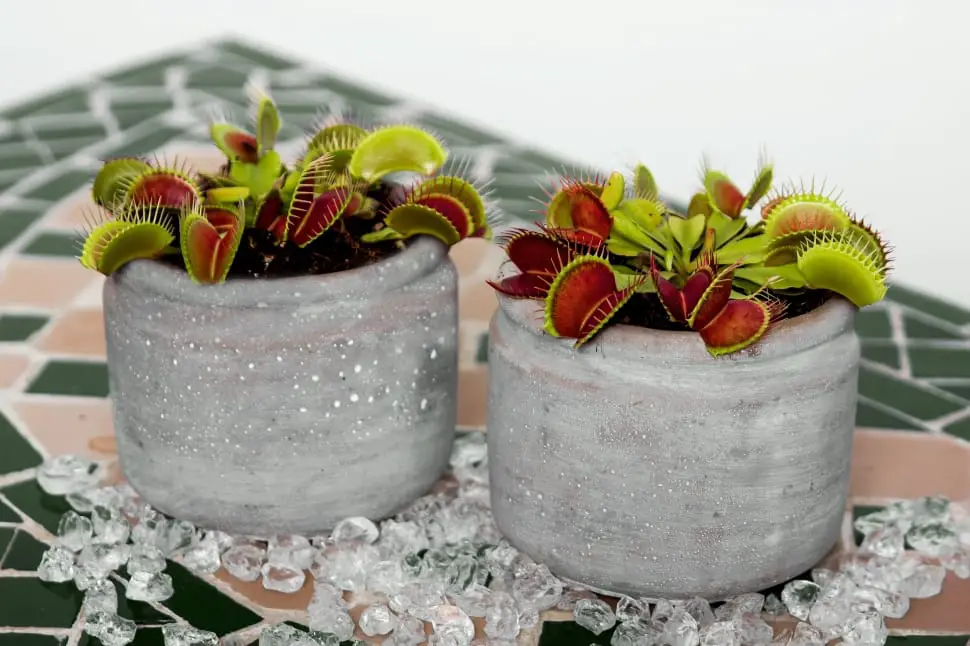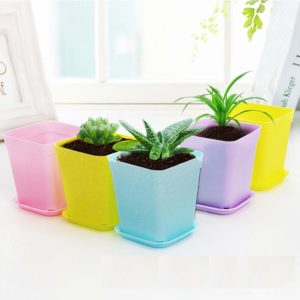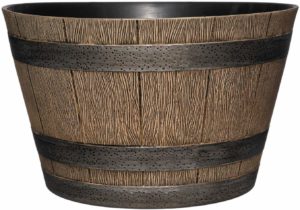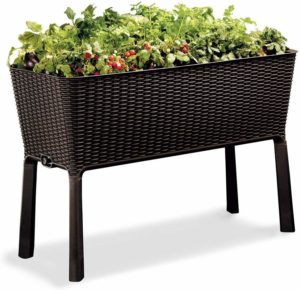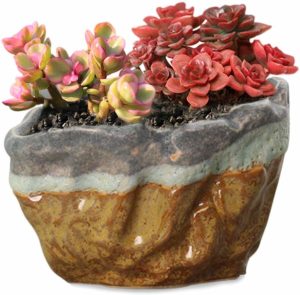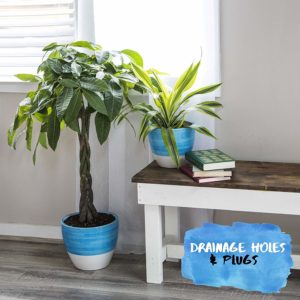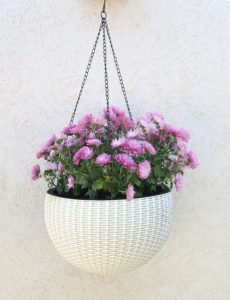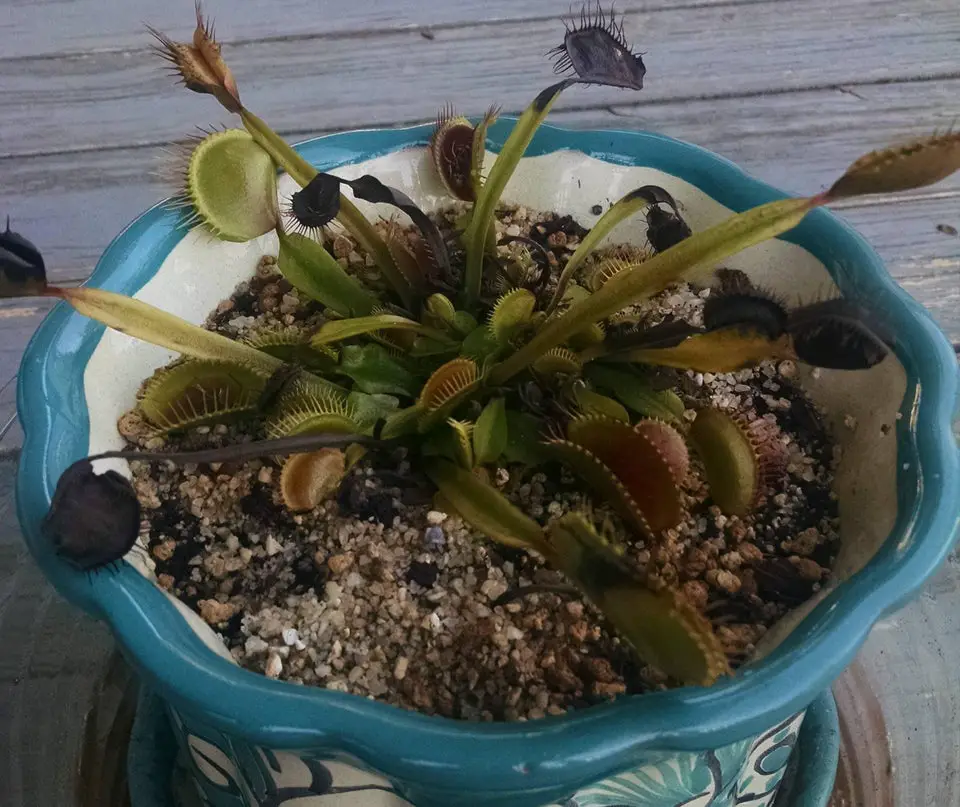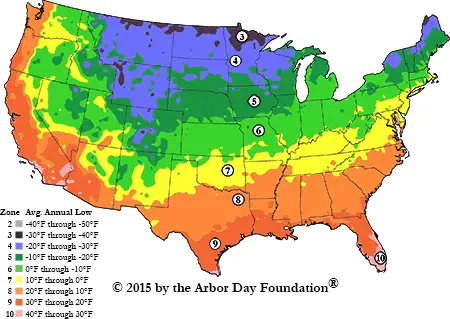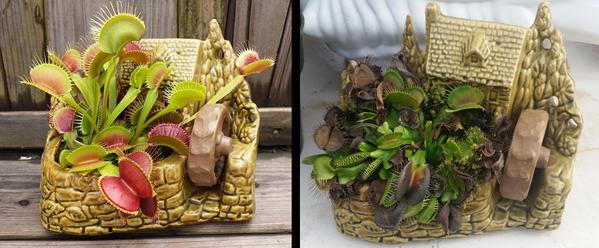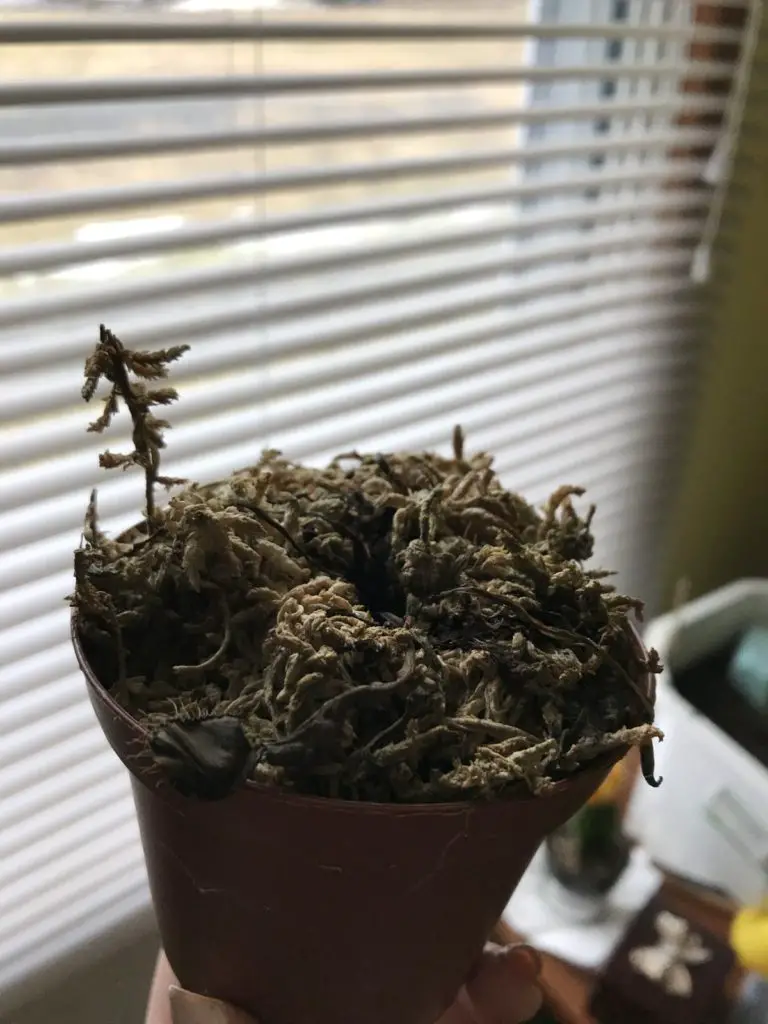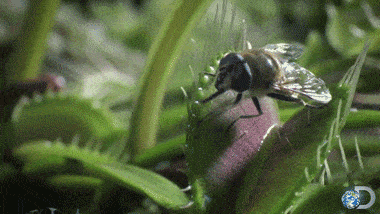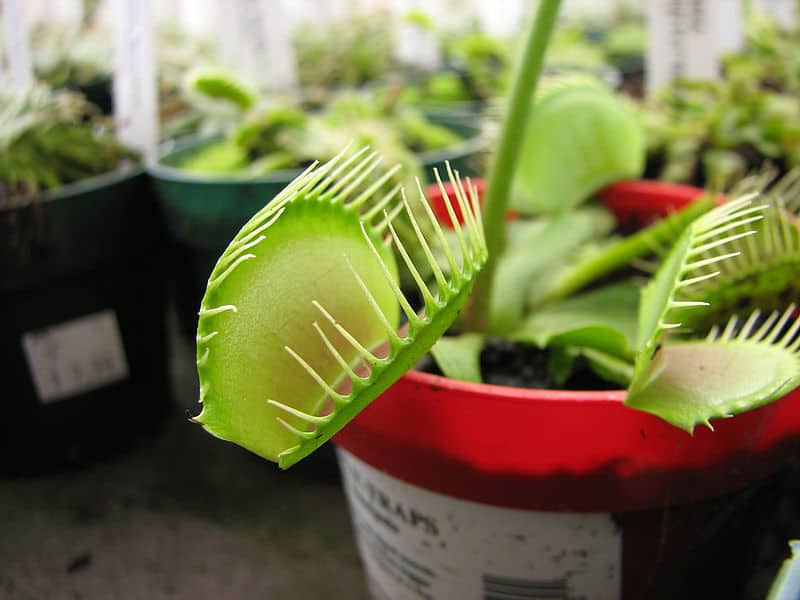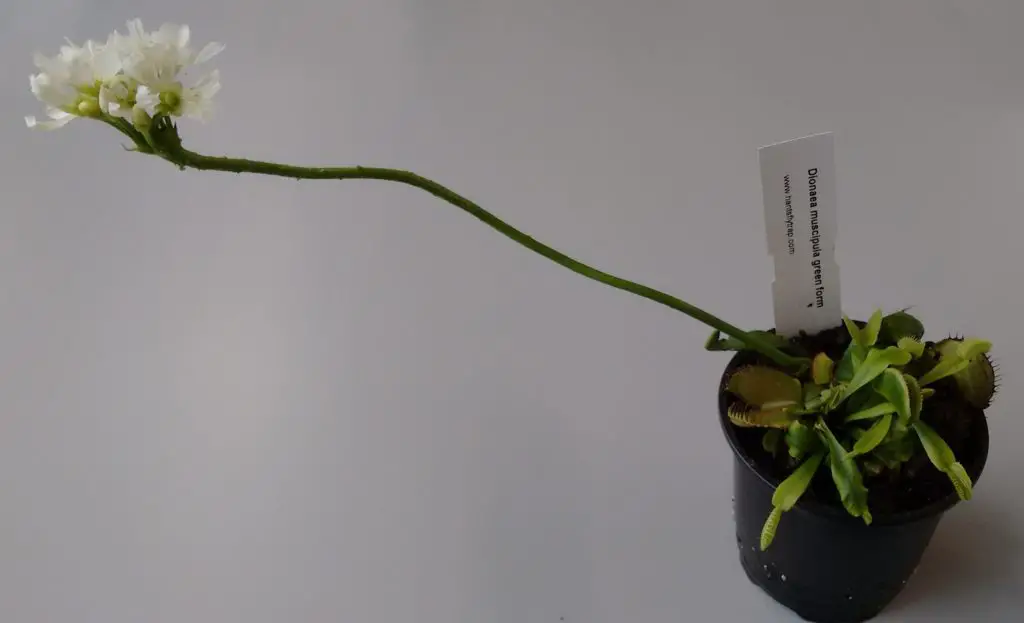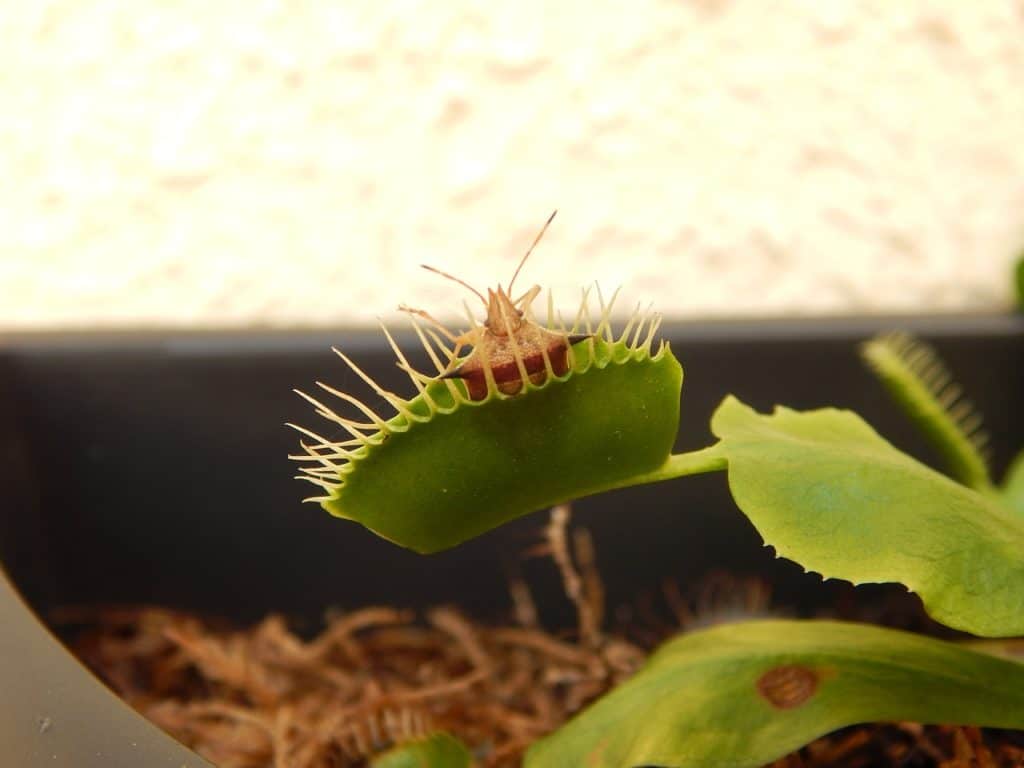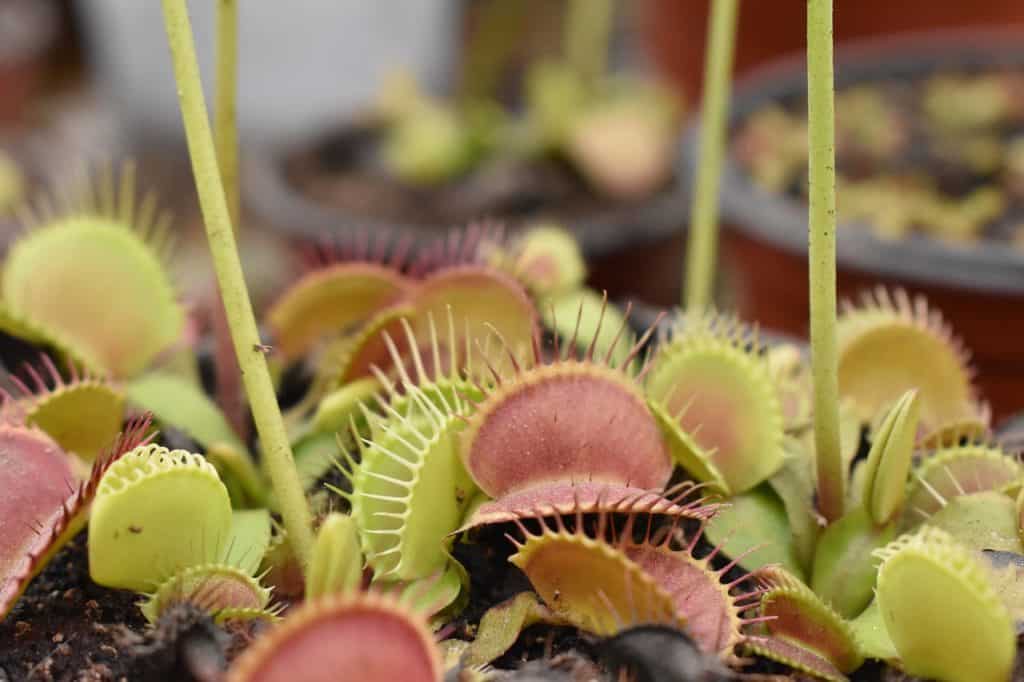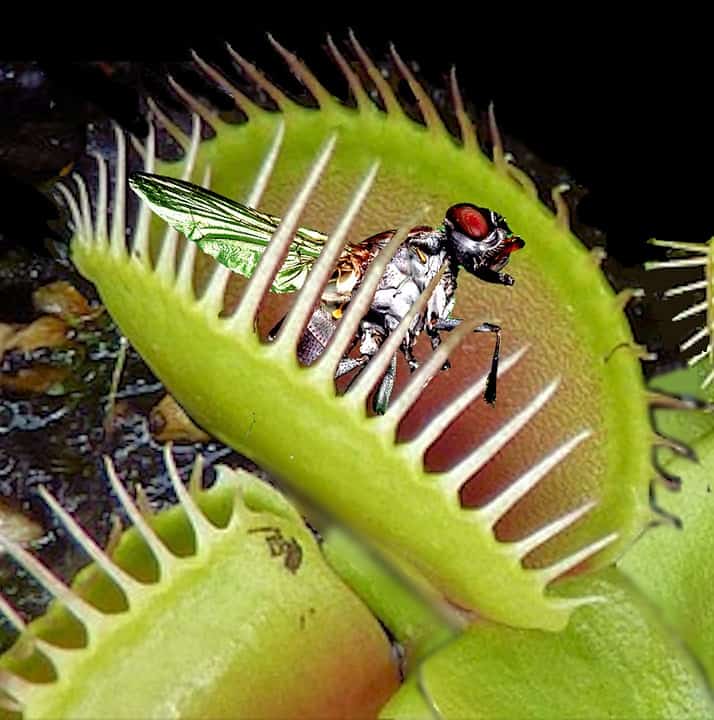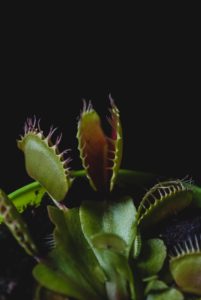Buy Carnivorous Plants Online!
Buy carnivorous plants from the most reputable and trusted carnivorous plant nursery, California Carnivores. We have partnered up and are giving all my viewers an exclusive 10% discount on your entire carnivorous plant order! Just enter CPHUB at checkout! Get the coolest venus flytrap cultivars, sarracenia, nepenthes and much MUCH more! You can even buy your next bag of premium carnivorous plant soil from them! Order Plant Mail, Click Here!You have done your research and now your ready to take the plunge but you need to know where to buy a venus fly trap plant. No worries, I got your back! Today were going to talk about where you can buy a venus flytrap and how much a venus flytrap will cost.
Were also going to dig into what to look for with a retailer when picking out your venus flytrap. Venus flytraps aren’t that hard to find but getting a good one might require a little work and research.
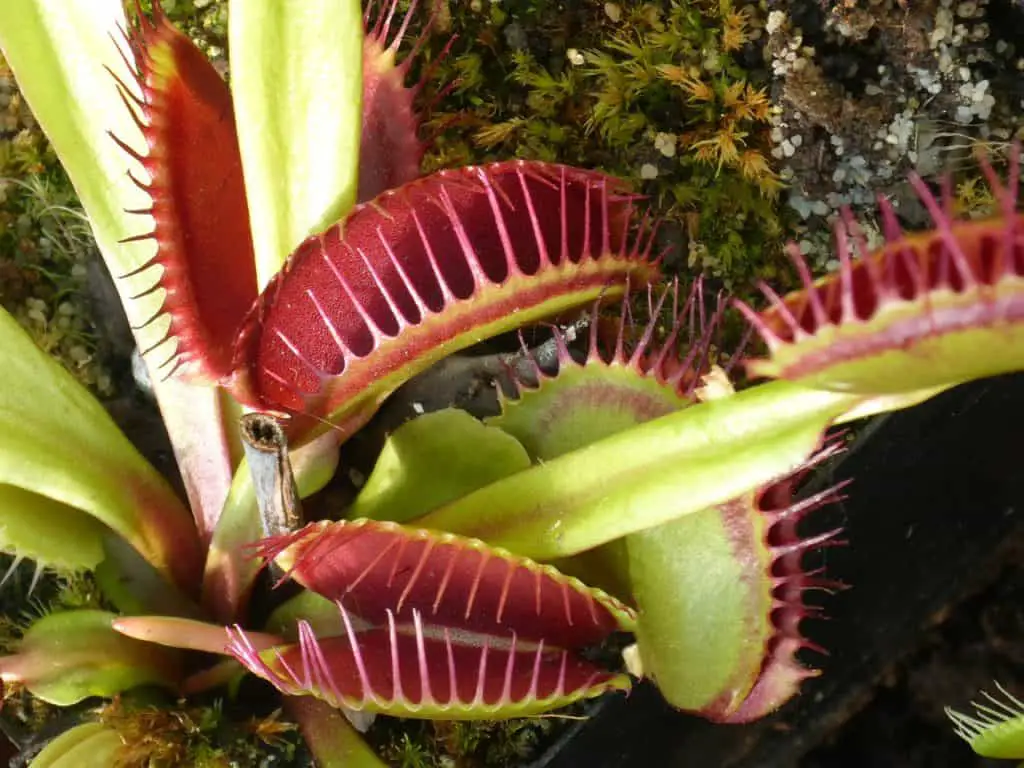
You asked the questions, where to buy a venus fly trap plant and I’m giving you the answer, lets get going!
After learning about buying a venus fly trap, make sure to check out my ultimate guide to caring for a venus flytrap. I will help you make sure you keep your plant alive!
Caring For Venus Flytraps – Ultimate Guide
Where To Buy A Venus Fly Trap Plant
There are a lot of different places you can look to when finding a place to buy a venus fly trap. There are things you need to lookout for however. Before we start digging into that, I’m going to list the places you can buy a venus fly trap.
Once quick note and a favor I ask of you. Please, if you are going to buy a venus fly trap make sure to do the research. They are not a typical house plant and need special and very different treatment than normal house plants. They aren’t that hard to grow, they are just VERY different.
I have some really great resources linked below for you to really research venus fly traps before buying. All of these will be links within my site that I have spent time on for you unless otherwise specified.
If you have done your research and are ready to buy a venus flytrap, carry on!
How Does A Venus Flytrap Work?
Venus Flytrap Soil Mix And Potting (Maybe one of the most important things to note)
Picking A Pot or Planter For Venus Flytrap
Venus Flytrap Dormancy (Yes, they hibernate and yes you need to know about it!)
What/How To Feed A Venus Flytrap – How to feed and what to feed a venus flytrap!
Venus Fly Trap Watering Guide – Learn how often and what kind of water to give your plant!
30 Interesting Venus Flytrap Facts
This should be just about everything you need. Please make sure to join and online group on Reddit or Facebook. Also, there is an awesome forum you could join that has an entire army of people who are willing to help you grow healthy venus flytraps. Linked below.
The folks over at Flytrap Care are a great resource and have some amazing forums for help. I strongly suggest after you buy your venus fly trap to head over there and join the forums so you have a resource for any questions that might come up!
Venus Flytrap Forums
Alright, back to your question!
Where Can I Buy A Venus Fly Trap Plant?
You can buy a venus fly trap from any of the sources below.
- Local Nursery (Most Recommended)
- Online From A Nursery
- Local Big Box Stores (Walmart, Lowes, Home Depot)
- Online Big Box (Amazon)
- Small Local Sellers – These are usually looking to trade or get rid of a plant due to moving or not being able to care for.
I am going to get into each of the places to buy a venus flytrap above but first I want to talk about what you should be looking for.
What To Look For
It’s important to know what to look for so you can get your hands on a healthy and strong plant. Especially if your a beginner venus flytrap grower. It can be really hard to bring a sick plant back to life if you don’t have a lot of experience. This could bitter you on ever owning or buying a venus flytrap again.
Health And Size
This is probably the most important thing to look for when determining where to buy a venus fly trap plant. As a beginner grower you want the best experience possible and starting off with a healthy plant will really increase your chances of having a great experience.
Adult Venus Flytrap Plant
When looking at venus flytraps a healthy adult plant, which is typically 5 years old or more, will have at minimum 4 healthy fully formed traps. It is important to keep in mind that there is a large variety in plant genetics but please try to consider these general rules.
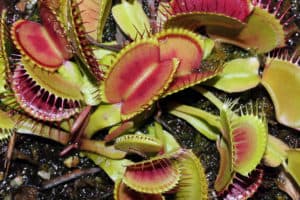
When looking at an adult trap they will typically be 1/2 inch to 1 full inch longer or even longer. Most of the venus flytrap should be green and healthy looking but do keep in mind that a few black or yellowing traps is a normal occurrence. The traps that aren’t yellow or black should look smooth, green and firm.
The inside of the trap could be all green or even have some red coloration. You might even come across a venus flytrap plant that has a long flower stock growing out of the middle. If the stems are 3 inches or longer and still doesn’t have any fully developed traps this may be a sign that the plant is not getting enough light and I would avoid.
Young Venus Flytrap Plant
Now lets talk about young venus flytraps. You may want to get a younger plant rather than the adult I spoke about above. These sill be much smaller and should have at least 3 more more stems (leaves) growing. The trap size can be anywhere from one eighth of an inch to a half inch long.
Look for the same characteristics as you did with the adults. Some traps could be a little yellow or black but the others should be smooth, firm and green.
Make sure to use common sense when buying a venus fly trap. Just look at the plant, it doesn’t take a botanist to see if a plant looks sick, diseased or just generally unhealthy. If the venus fly trap your buying looks wilted, wrinkled, discolored and doesn’t have any healthy traps, you probably need to move on.
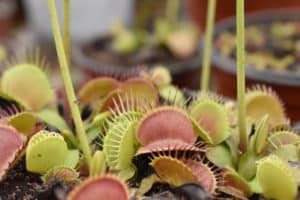
If you are buying a venus fly trap online make sure you ask the vendor for a photo of the actual plant you would received if bought. Not a stock photo or a photo that they use for every plant, the exact plant you will be receiving. This makes it a little more like buying from a local nursery.
NOTE: PLEASE READ VERY IMPORTANT
When considering where to buy a venus fly trap plant please also consider when you buy a venus flytrap plant. Venus flytraps go through a long dormancy period and can appear sickly or even dead. I strongly recommend buying a venus fly trap in the late spring or summer time when they are healthiest.
I spent a lot of time writing all about venus flytrap dormancy, it’s important to understand, please click the link below!
Click Here For Venus Flytrap Dormancy: Is It Dead Or Dormant?
Bare Root Or Potted
If you are buying a venus fly trap from an online retailer you will likely get to choose if you would like your venus flytrap shipped with bare roots or potted. Both have their pros and cons and we are going to talk about each.
Bare Root
This is my preferred method but may not be the best way for a beginner or fist time grower. When you get a bare root venus flytrap shipped it comes without a pot or any kind of media (soil). The retailer appreciates this method because it keeps costs down for them but it will also typically cost less for you as well.
When shipped with bare roots the plant is will be wrapped in a wet paper towel and plastic bag to keep them moist while shipping. A venus fly trap can only live so long without soil. When you receive it, you need to be ready!
One of the reasons I prefer this method is it allows me to plant my venus flytrap into my preferred media and pot right away. Which brings me to my next point. There is no time to waste! You received your plant you need to make sure you are ready immediately to pot or plant your venus flytrap.
The quicker you can plant your new flytrap the better. They have traveled a long way without any fresh water or soil, they are ready to be planted! A newly potted venus flytrap can take weeks to fully acclimate to it’s new environment. It’s a very stressful time for your new plant. This is the main reason it’s not recommended for new growers and beginners.
If you run into problems during this stage it can be difficult to trouble shoot but as long as you picked out a healthy plant it should do just fine without any hitches. Personally, when I grew venus fly traps I would always buy this way. If I didn’t have the choice I would replant them into my own pot and media as soon as the potted plant was received.
Potted
If this is the first time you have bought a venus flytrap I do suggest going this route. If you have bought a healthy plant from a good grower they will have an established connection with their current potting media. You really don’t have to do any work other than unpacking them carefully and putting them in their new forever home!
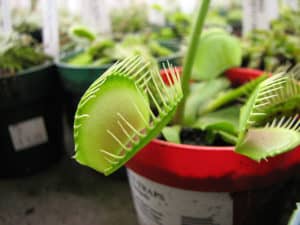
A potted plant will require much less time to adapt to its new environment. If you are looking for ease and convenience and you are a beginner this is strongly recommended.
Ordering a potted plant will increase the cost of buying a venus flytrap plant by around $5 typically. The package will be heavier and requires a little more care to ensure the pot doesn’t get damaged.
I would suggest that if this is your first time buying a venus fly trap plant to order it potted. If you have a lot of experience with plants in general I think you should be okay with going the bare root route and repotting your venus flytrap.
This decision is all yours! I just wanted to provide some info to help you get there!
Source Of New Venus Fly Trap Plant
Where to buy a venus fly trap plant really comes down to the source. Where did you choose and why? Were going to talk about that right now. How to select the right place to buy a venus fly trap and what to look for with that retailer. This is all especially true if you are buying online.
If you are buying a venus fly trap online I wanted to provide some general guidelines to follow to make sure you’re getting a good strong and healthy plant.
- Does the online nursery or seller specialize in selling carnivorous plants or maybe even just venus flytraps? I would typically suggest going with a merchant that does mostly because of the specialized treatment that carnivorous plants need.
- Does the listing have several clear photos of each plant? Not just a general plant but the actual plant you are buying? If the photos are really small and hard to see this is a huge red flag. You can always ask for more photos.
- Make sure the info provided for the plant is clear and easy to understand. A good grower will know a lot about this specific plant. Is it available bare root and potted? What strand of plant is it and do they have good care instructions? Any of these missing can be a red flag.
Big box stores often have really neat looking plastic domes or cubes. It’s tempting to buy one of these due to the seemingly easy of buying an all in one type kit. These plants are often not very healthy due to being cultivated in a way that wasn’t proper and being propagated too quickly. The funny part is, they aren’t any less expensive. You will pay around the same price for an unhealthy plant as you would a healthy plant from a legit grower.
I’m not saying its impossible to get a healthy plant from one of these kits or a big box store. I’m just pointing out that the price isn’t all that different but your definitely rolling the dice on these types of plants, so whats really the point?
Alright, we spent a lot of time on what to look for when buying a venus fly trap, now lets actually answer your question.
Where To Buy A Venus Fly Trap Plant (For Reals)
I’m going to list all the places I suggest you buy a venus fly trap. These are in order from my strongest suggestion all the way down to my least recommended. Keep in mind, all these are good options and you can get strong healthy plants from any of them as long as you follow the guidelines provided above!
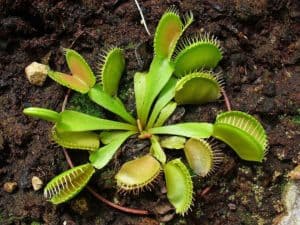
Local Grower Or Nursery
This seems pretty obvious but I’m going to talk about it anyway. If you have a place that you can buy a venus fly trap locally then go there and do it. You can actually see and pick out the plant you want to buy. There is just no better option than this, it removes all the guess work.
The other HUGE bonus to going to a local grower is they can provide you care instructions for your climate and environment. If they are growing healthy plants they can equip you with the knowledge to grow them in your area. You can read online care guides until you are blue in the face (and you should before committing) but it’s rare to find one from someone in your exact location. Speaking with a grower who grows in the exact same conditions as you will be the most helpful by far!
Just do a google search for carnivorous plants near me or venus fly traps near me. This should connect you to some local nursery’s. Its better if you can find a nursery that specializes in carnivorous plants but this isn’t always an option.
Online Nursery Or Grower
I have seen man reputable online growers and sellers. Many of these will send you strong healthy plants and provide answers to all your questions. They may even send you additional photos at your request. My experience has been that these online growers are passionate and really want to provide the best homes for their plants.
As a matter of fact my aspirations are to grow my own carnivorous plants and start a local nursery for my area. So these online growers do hold a special place in my heart. I’m going to provide some of my favorites below.
Please, use all the guidelines I provided above but also take one really important thing into consideration. There are plenty of online growers but finding one that is close to you can be important. This will reduce shipping time and help get the plant out of the mail and to you sooner.
Another thing that might push you toward one or another is their selections. Growing these plants is not fast so they may or may not have more mature adult plants. You may need to do some checking if this is what your looking for.
See some of my favorite online nursery’s and where they are located below. If none are close to you, please do some additional research and see what you can find!
CaliforniaCarnivores.com – Obviously located in California this may be an option close to you. They are my go to for almost all carnivorous plant purchases online. They are extremely knowledgeable and are one of the most trusted carnivorous plant nurseries. The owner of the nursery is the author of the carnivorous plant bible, The Savage Garden written by Peter D’Amato. You can also get 10% off your order if you enter CPHUB at checkout, click their name above to check out their massive inventory!
Petflytrap.com – This is probably my favorite online retailer and are out of Texas. They aren’t super close to me but I will still typically choose them if they have what I need or want. Petflytrap are the oldest and most established. They have over 15,000 plants in their facility and sell different types of carnivorous plants. Check out their selection of venus fly traps by clicking their link!
Flytrapstore.com – These folks are great! They are located in southern Oregon. If you are in the Northwest this may be a great option! Click the link to see what options they ave available right now.
CarnivorousPlantNursery.com – I wanted to give the east coast some love here by having a grower from Maryland. These guys are great and have great selections of all carnivorous plant selections. Click their link to see their venus fly traps.
You can also buy from online nursery’s via Amazon. Check out a couple I really like below. Remember, you are buying from Amazon, but these guys do have nursery’s as well.
Joels Carnivorous Plants – This Amazon store has mostly venus flytraps and a few different carnivorous plants. I understand maybe wanting to go this route. People are more comfortable buying off Amazon oppose to a small grower. Check out Joel’s options at the link above!
Predatory Plants – These guys also have a nice selection of venus flytraps available through their Amazon store. They are definitely worth considering if you want to go the Amazon route!
You can also get the soil on Amazon! Check out the link to Organic Earth below!
Venus Fly Trap Soil Mix By Organic Earth On Amazon
Big Box Stores Local
If you are dead set on buying local vs buying a venus fly trap online from a grower then you can definitely get them at a local big box store like Walmart, Lowes and Home Depot. I don’t suggest this as a first option but you can definitely go this route. I have heard lots of stories about people getting strong healthy plants from these places.
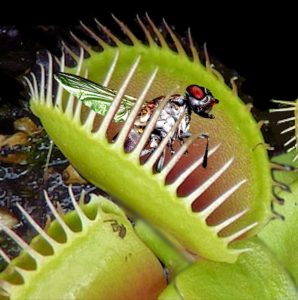
Just be sure that you follow all the same guidelines above as you would with any other seller. If the plant looks healthy and strong it probably is! Just keep in mind that the nursery section of these stores will vary based on the employees working there and the care provided. Some of them have experienced plant growers and some of them have high school kids who have never grown a plant.
You never know what you are going to get at a local big box retailer but I have seen many people online getting them on sale for a buck on clearance and received a healthy plant!
I have also seen many people buy a venus fly trap from a big box store impulsively and not really understand what they got themselves into. Many people assume that if a local Walmart carries a venus fly trap they must be easy to grow in this area, which always isn’t the truth.
If you follow all the guidelines provided you will know what to do and how to pick the plant out!
Small Local Sellers
This is someone who posts an ad on a Facebook classified group trying to get rid of a plant or they grow on a very small scale. This could include someone moving that can’t keep their plants (this happened to me :(…. ) or someone who has excess and are ready to start selling on a small scare.
I know I’m starting to sound like a echo here but everything I’ve said above still applies. This may be a good way to get a good strong acclimated adult plant. They can also give you some advice on what has worked for them for growing in your area.
Make sure to inspect the plant to ensure it’s healthy and ask for extra photos if needed. Go through our checklist above to make sure the plants are strong and healthy, if they are don’t be afraid to pull the trigger! You will see lots of people trying to sell, buy and trade their plants in some of these bigger Facebook carnivorous plant groups! If you are going to buy a venus fly trap I strongly suggest you join some of the groups.
How Much Does A Venus Fly Trap Cost
Okay, you should know just about everything you need to know on where to buy a venus fly trap. Now I’m going to try and give you a little bit on what to look for with cost. Answering how much does a venus fly trap cost isn’t a super simple thing to do, but I’m going to do my best just to give you a decent idea of what to expect.
How much does a venus flytrap cost? You can expect a single adult common venus flytrap to cost around $10 USD. If the plant is larger I would be okay paying $12 -$15. For a small or young venus flytrap expect it to cost around $5-$8 USD. Some online merchants will sell multiple small venus flytraps in a single pot for an even better deal.
Keep in mind, these prices are for common venus fly traps. You will often see variance in prices based on the rarity of the venus fly trap type and species. For example, I have seen the large DC XL sell for $49.95 USD. If you want a more rare type, it will be important to do your research on that plant and compare prices at the different local or online nursery’s.
Venus Fly Trap Video
Okay, I know this might be just a little out of context but I wanted to show you a really cool venus fly trap video. The BBC has a video on youtube that is just incredible. If you were on the fence on whether to buy a venus fly trap or not, this should get you to hop on over. They are SOOOO cool!!
Conclusion
I probably just spent way too much time going over where to buy a venus fly trap plant but I really do care. I love these plants so much and want to make sure that others do too. Knowing how to find a strong healthy plant can really change peoples opinions on growing these special little plants.
I hope that you were able to learn something to day and I was able to answer your questions about where to buy a venus fly trap.
I spent a lot of time putting this all together, if it was helpful for you, please share on your favorite social media, Facebook, Pinterest or Instagram. It really helps me out anything you can do just means the world to me!
Here’s to having healthy, strong and long lasting Venus Fly Trap Plants!



